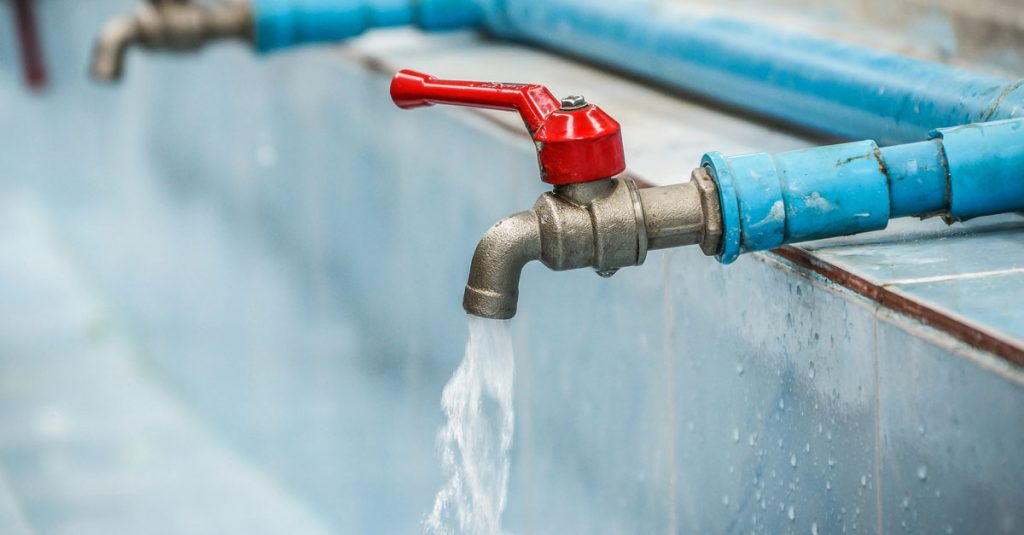The average New Zealander uses 281.8 litres of water per day but that varies hugely in different parts of the country, where usage can be as high as 800 litres, a Water New Zealand report finds

Water New Zealand has published their latest annual water services assessment, the National Performance Review and has found large regional variations in the amount of water households use, as well as what they are charged across the country.
In Auckland, where the entire city is metered, each person uses an average of 146 litres per day. In unmetered districts, use climbs as high as 800 litres per person day.
Lesley Smith, Insights and Sustainability Advisor at Water New Zealand says that while there can be a number of reasons for these variations, it is clear that raising awareness of water usage combined with providing incentives reduces consumption.
“Leaks within the property boundary can comprise a significant proportion of household water loss. Without meters it is difficult to know how much water is being wasted through leaking taps and connections. Reducing water use means less wastewater comes out of our pipes. Water and wastewater networks produce greenhouse gas emissions so any reductions flow on to reduced greenhouse gas emissions. It also means less money is spent on operating networks as well as deferring the need for major infrastructure investment. Ultimately, saving money off our rates bill.”
However, a large amount of water loss also comes from leaking network pipes – across the country this is roughly equivalent to the combined volume of water supplied to the Hamilton, Rotorua, Dunedin, and Christchurch networks.
“More than 100,000,000 cubic metres of water was lost in the 2021 fiscal year. This is roughly 20 percent of water supplied to our networks overall, but in some districts, more than half the water going into the network is lost through leaks.
Many more suppliers are now looking towards smart water metering as a way of understanding where losses are occurring – both at consumer level and within the network.








